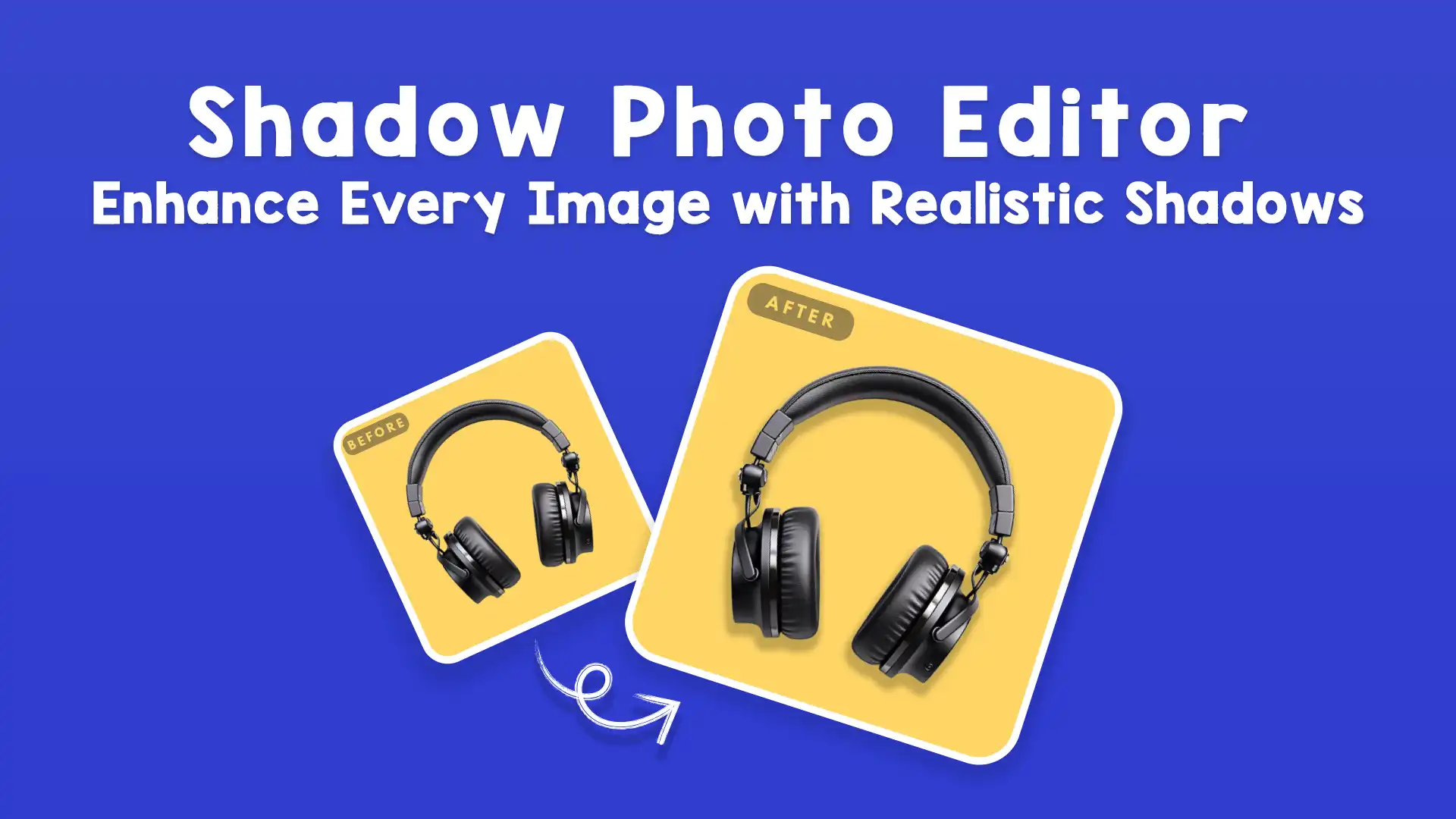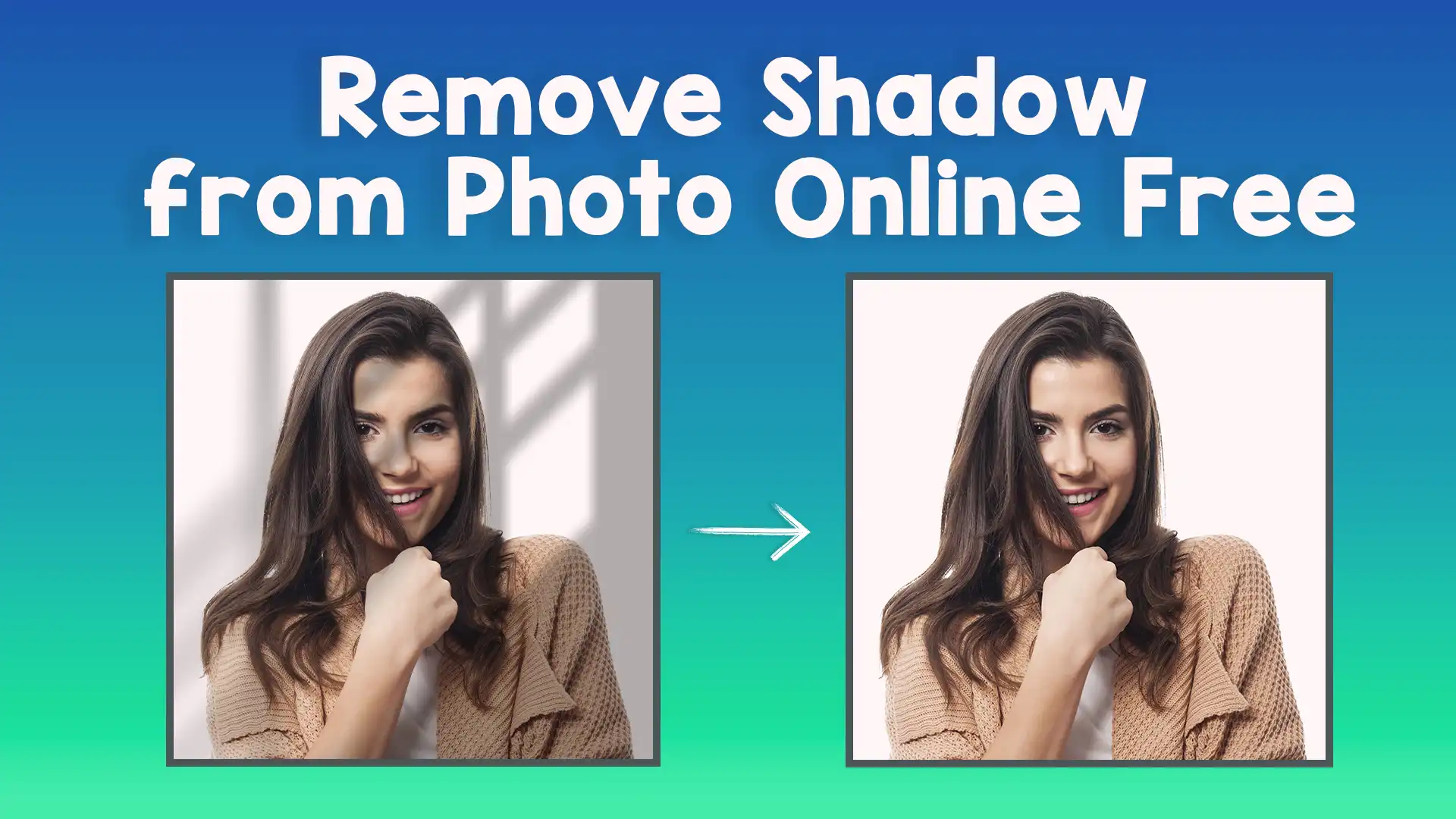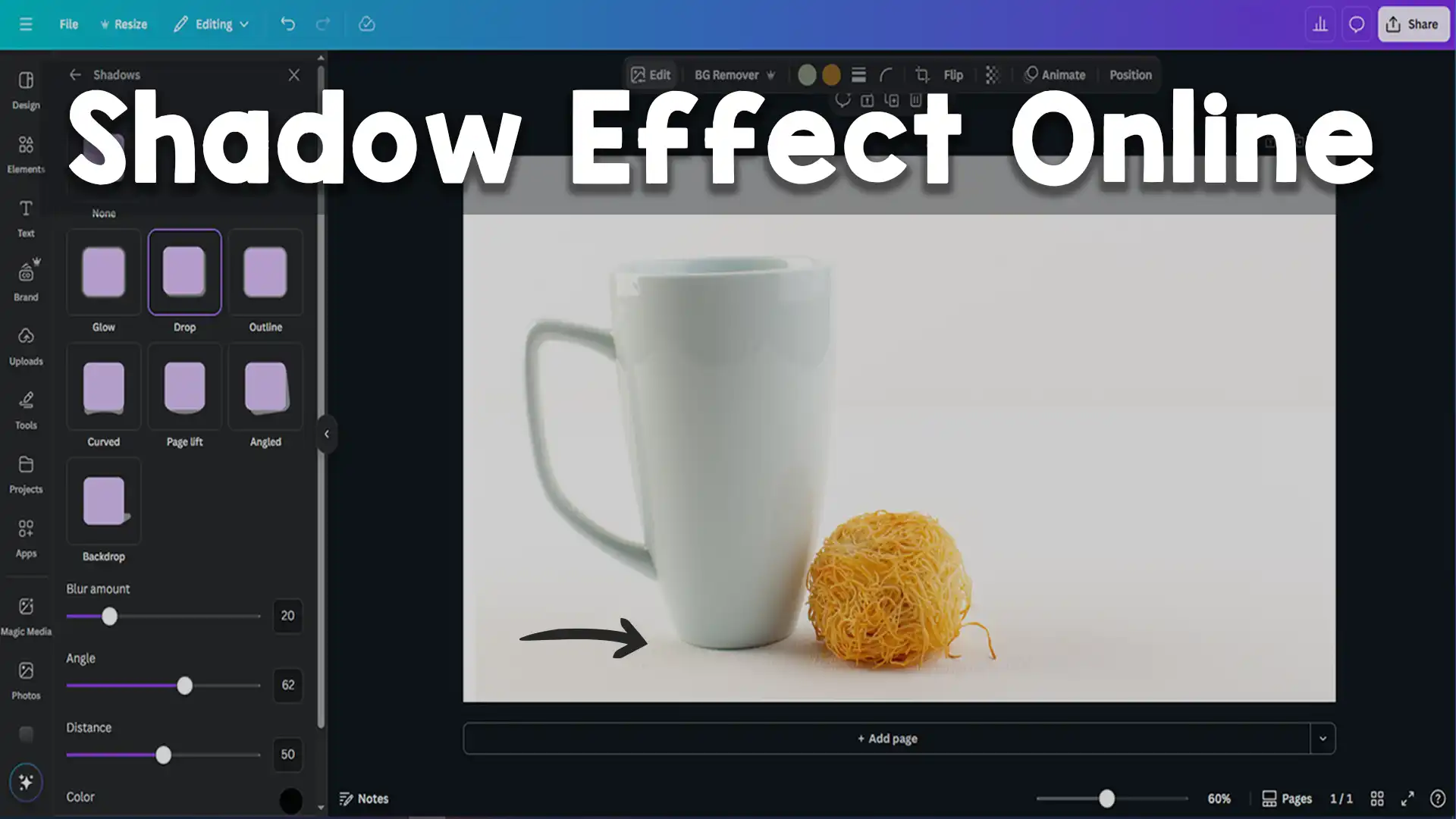Shadows play a crucial role in photography and image editing. They add depth, realism, and a three-dimensional feel to any image. In the digital world, photographers and designers use a shadow photo editor to recreate or enhance shadows in photos. Whether you are editing product photos, portraits, or creative digital art, understanding how a shadow photo editor works can improve the final result dramatically.
In this article, we’ll explore what a shadow photo editor is, how it works, the types of shadows you can add or fix, the importance of using it in professional photo editing, and where you can get reliable services like these. Let’s dive deep into this subject so you can learn everything you need to know about using a shadow photo editor effectively.
What Is a Shadow Photo Editor?
A shadow photo editor is a specialized photo editing tool or software used to add, enhance, or remove shadows from images. It allows editors to manipulate shadows to match the lighting of the scene, add realism to photos, and highlight important parts of the subject. These tools can be used for various editing needs such as product photography, fashion shoots, interior design, or advertising campaigns.
Shadows can make an image look more appealing and natural. Without proper shadow effects, a product or model may appear flat or unrealistic. That’s why editors rely on a shadow photo editor to create professional-looking images that stand out.
Why Are Shadows Important in Photography?
Shadows are more than just dark areas in a photo. They help define shapes, create a mood, and guide the viewer’s attention. When used correctly, shadows can improve the overall aesthetics of a photo. They also provide contrast and dimension, making the image look more lifelike.
For example, in product photography, a slight shadow beneath an item can make it look like it’s sitting on a surface, rather than floating in midair. In portrait photography, soft shadows on the face can add character and emotion. With a shadow photo editor, these enhancements become easier to achieve.
Types of Shadows You Can Create or Edit
Using a shadow photo editor, professionals can add or adjust different types of shadows depending on the style and subject of the image. Some common types of shadows used in photo editing include natural shadow, drop shadow, reflection shadow, and cast shadow.
Natural shadow is the most common type, giving the appearance that the light source is real and consistent with the environment. Editors often add or improve natural shadows to make the object blend naturally with its background.
Drop shadow is an artificial shadow added behind the object, often used in digital artwork or product images. It gives the illusion that the object is raised above the background.
Reflection shadow gives a mirror-like effect beneath the object, commonly used in commercial product photos, especially for items like bottles, glasses, or electronics.
Cast shadow is created when an object blocks light, projecting a shadow onto a surface. This is more complex to create but can be managed with a skilled shadow photo editor.
Each type of shadow serves a different purpose, and the editor must choose the right one based on the context of the photo.
Tools Used in Shadow Photo Editing
There are several professional tools and software programs that function as a shadow photo editor. Adobe Photoshop is the most widely used software for this purpose. It offers advanced features such as layer masking, blending modes, opacity control, and shadow filters.
Photoshop allows editors to create customized shadows that align perfectly with the lighting and perspective of the original image. Other tools such as GIMP, Affinity Photo, and online editors like Fotor or Pixlr also offer basic shadow editing features, though they may not be as detailed as Photoshop.
However, having the tool is not enough. The skill and creativity of the editor matter most. A good shadow photo editor understands how light behaves in real-life situations and can replicate that effect digitally with accuracy.
Challenges in Shadow Editing
While using a shadow photo editor sounds simple, it requires experience and attention to detail. One of the biggest challenges is making the shadow look realistic. If the direction, color, softness, or placement of the shadow is wrong, the image can look unnatural or fake.
Another challenge is dealing with images that have multiple light sources. In such cases, the shadow photo editor must determine how each light affects the object and create appropriate shadows for each source.
Maintaining consistency across multiple images in a project is also critical, especially in e-commerce stores where every product photo needs to match in style and lighting. This is why professional editors often handle such tasks instead of using automated tools.
Benefits of Using a Shadow Photo Editor
Using a shadow photo editor improves the visual appeal of your photos. It creates realism and makes your images look more polished and professional. This is especially important in industries like fashion, real estate, advertising, and e-commerce, where visuals impact customer decisions.
Product images with well-placed shadows are more likely to attract attention. Portraits with controlled shadows appear more artistic. Even social media posts can benefit from subtle shadow enhancements that make the visuals pop.
Another benefit is the ability to remove harsh or distracting shadows from photos. A shadow photo editor can fix lighting issues, correct exposure, and bring balance to the image by controlling both shadows and highlights.
Shadow Editing for Different Industries
Shadow photo editing is used across multiple industries. In e-commerce, shadow effects help make products look more lifelike and attractive to online shoppers. On white backgrounds, a soft shadow adds a touch of realism that can make a big difference in sales.
In the fashion industry, editors use shadow effects to highlight body contours, clothing texture, and lighting drama. It adds sophistication to model photography and helps brands stand out.
In real estate photography, shadows can enhance natural lighting in rooms, creating a warm and inviting look. Editors use shadow tools to control indoor lighting and make the space look open and appealing.
Food photography also benefits from shadow editing. It adds mood and emotion to the photo. A shadow photo editor can enhance textures and make the dish look more appetizing.
Manual Editing vs. Automated Tools
There are many automatic shadow editing tools available online. These tools use AI to detect objects and apply shadows. While they work for simple tasks, they often lack the detail and control required for professional editing.
Manual editing gives you full control over the shadow’s direction, length, softness, and color. A human editor can match the shadow with the background lighting and ensure it looks natural. That’s why professional services prefer manual editing done by experienced shadow photo editor teams.
Outsourcing Shadow Photo Editing Services
Many businesses, especially online sellers, photographers, and design studios, outsource their shadow editing needs to specialized image post-production companies. Outsourcing to experts ensures high-quality results, saves time, and is often cost-effective.
A reliable shadow photo editor service can handle bulk editing work while maintaining consistent quality. Whether it’s 10 images or 10,000, a skilled team can deliver on time with accurate edits.
Why Choose Image Work India for Shadow Photo Editing?
If you are looking for a trusted name in shadow photo editing, Image Work India is here to help. We are a professional image post-production company with years of experience in photo editing and retouching.
At Image Work India, our team of expert editors specializes in shadow creation and enhancement. We offer all types of shadow editing services, including natural shadows, drop shadows, reflection shadows, and cast shadows. Our editors understand the importance of precision and realism. Every shadow we create is carefully aligned with the light direction and object placement in the image.
We serve clients from all over the world, including photographers, e-commerce businesses, real estate companies, and digital agencies. Whether you have one photo or thousands, we handle every project with the same level of care and professionalism.
Besides shadow photo editor services, Image Work India also offers a full range of image post-production solutions such as background removal, photo retouching, color correction, clipping path, and product photo editing.
We use the latest software tools and editing techniques to deliver high-quality results at affordable prices. Our fast turnaround time, attention to detail, and excellent customer service make us a preferred choice for many clients.
If you need your photos to look perfect with clean and realistic shadow effects, let Image Work India handle the editing for you.
Conclusion
Shadows are a powerful tool in photography and design. They help define shapes, add depth, and create a more lifelike appearance in photos. A shadow photo editor allows professionals to add or fix shadows in ways that improve the overall quality of the image.
Whether you are working on product images, portraits, real estate photos, or food photography, using a shadow photo editor can bring out the best in your visuals. While there are automated tools available, manual editing by skilled professionals gives better results.
If you want to ensure perfect shadow effects in your photos, consider outsourcing your editing needs to experts. Image Work India provides top-notch shadow photo editing and a wide range of post-production services to meet all your photo editing needs.
Let us help you transform your photos into stunning visuals that stand out. Contact Image Work India today and get professional shadow editing services you can trust.




